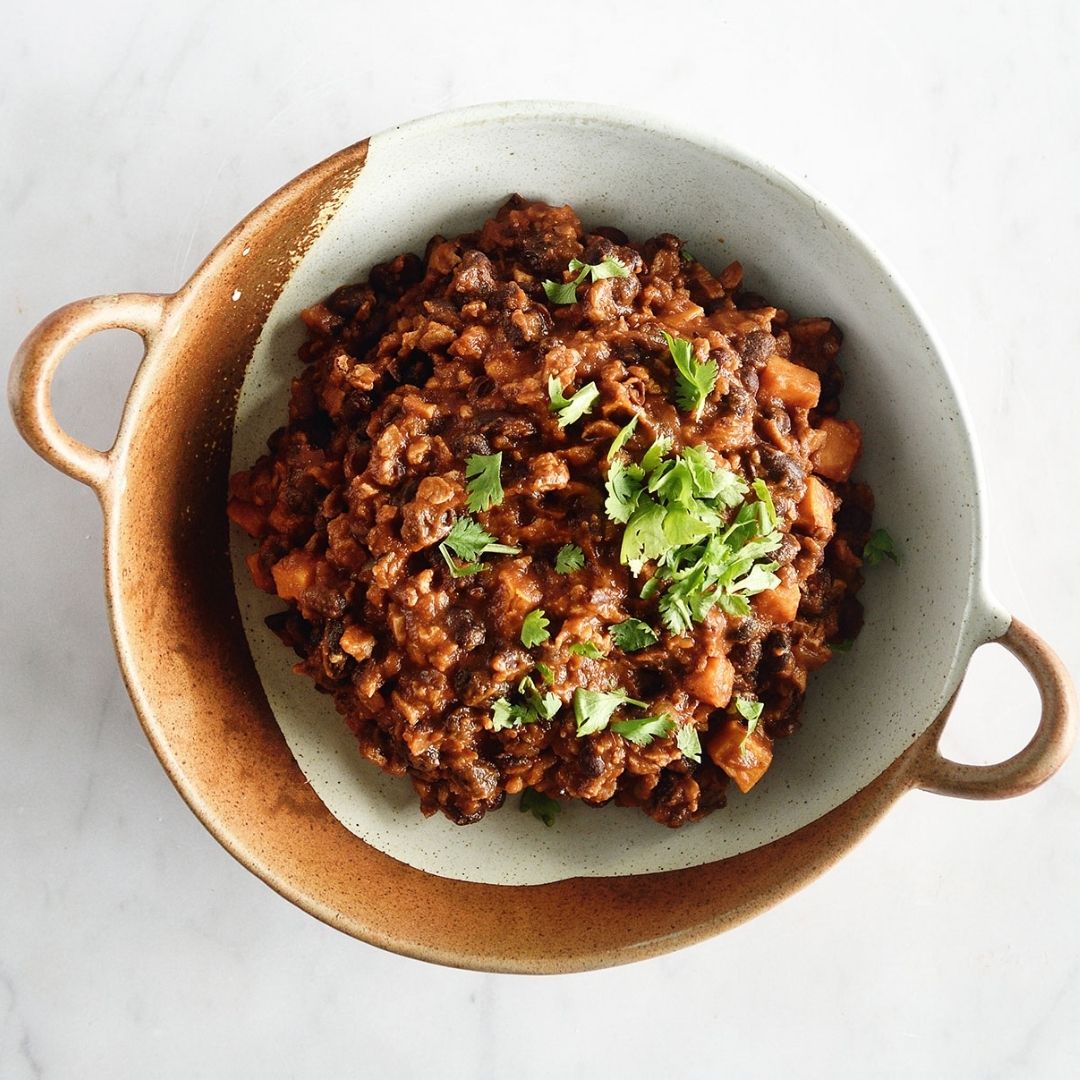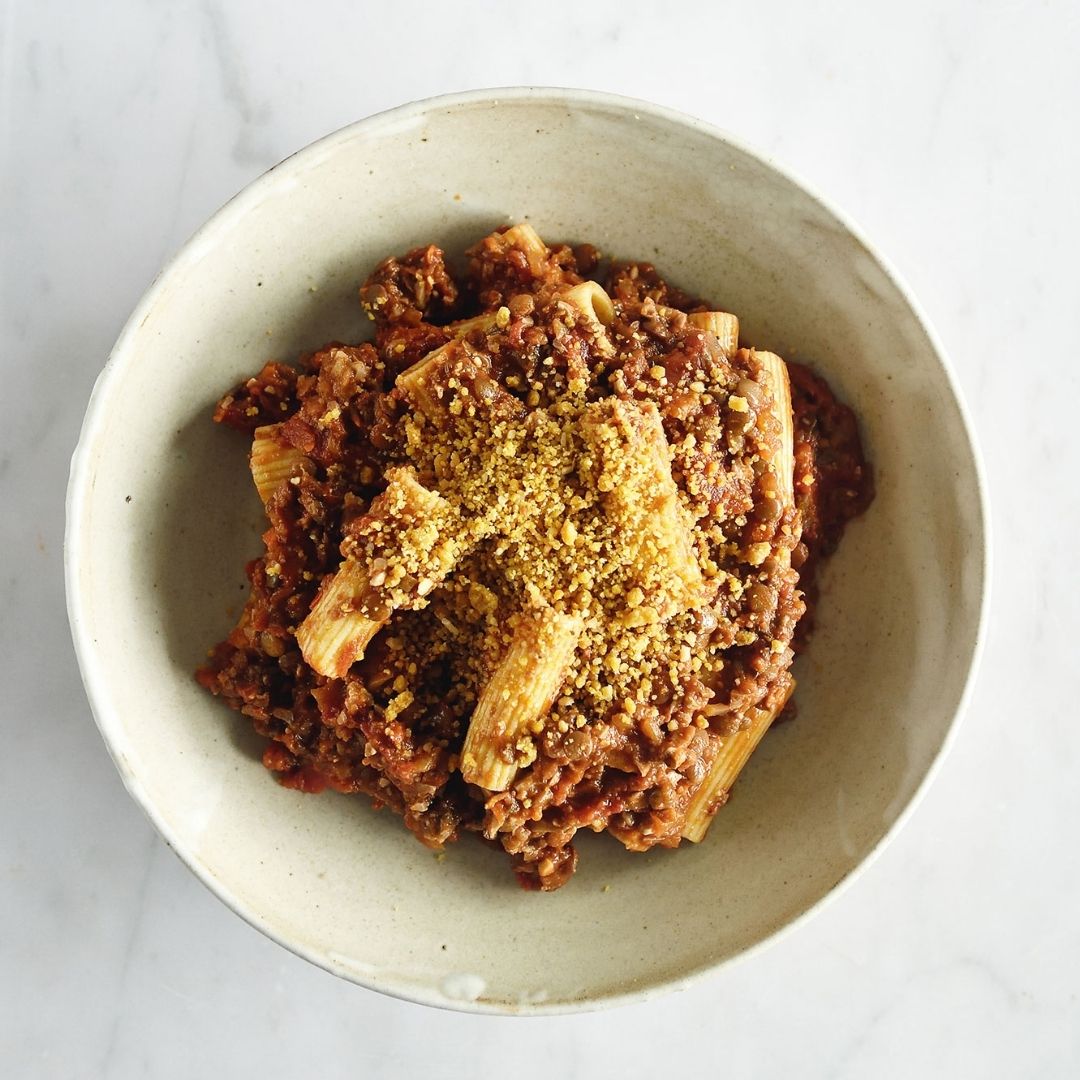
What, why and how: A guide to better understanding the difference between vegan and vegetarian diets, and how to get started
Share

Vegan vs Vegetarian is simple to explain through lists of what people can and cannot eat, but the better questions focus on how easy it is to find this diet tasty and enjoyable. Food is a source of enjoyment for all human beings, but often the discussion of vegan vs vegetarian is reductive and focuses on what cannot be eaten, instead of highlighting all the amazing things that can be eaten.
Below, we go through the easy-to-understand differences of what vegans and vegetarians can eat, why they make these choices, and then importantly, highlight how anyone can try a vegan and vegetarian diet the next time they’re down at the store or searching for a restaurant to eat.
Disclaimer: The use of ‘diet’ in this context refers to a choice to avoid meals generally due to personal views on meat consumption, as opposed to the use of ‘diet’ that suggests a hyper focused attention to things like carbohydrates, proteins, or increasingly words like keto.
Easy-to-understand: What are the differences between vegan vs vegetarian diets
There are some obvious, and less obvious dietary exclusions between vegans and vegetarians. Below, we go through what these key differences are, as well as a breakdown of some of the other words you might have heard thrown around like pescatarian and flexitarian.
The more obvious foods that both vegans and vegetarians don’t eat
As predominantly plant-based diets, both vegans and vegetarians do not eat meat, including beef, pork, poultry (chicken and duck), lamb, and fish.
In large, this is where the similarities end, but before we move on, let’s clarify a few terms used to describe sub diets related to veganism and vegetarianism.
Pescetarian is a term used to describe people who do not eat any meat but do eat fish.
Flexitarian is a more modern term for describing meat eaters who maintain a largely vegan/vegetarian diet, but who occasionally eat meat.
Lacto-vegetarians do not eat meat or eggs but do consume dairy products.
Beyond meat, what other foods do vegans not eat?
Vegans do not consume any animal by-products, which includes foods created by animals such as eggs and dairy.
However, this category of animal by-products does not just end with butter, omelettes, and ice cream, but also includes an eclectic mix of products you may or not know are not vegan.
To make the chewy texture in sweets, many manufacturers use gelatine derived from animal bones. Gummy bears are a more common example of sweets containing gelatine.
Other products that are less obviously vegan are products like kimchi which often contains both shrimp paste as a core ingredient, as well as fish sauce used in the fermentation process.
Honey falls into a grey space depending on definitions of vegan, but is largely believed to be a product vegans do not consume because of the bees production to make the product.
Many products, like sweets, which don’t require animal by-products to be made are increasingly changing product formulation to make them more vegan friendly.
If I choose to eat a vegan diet, what foods should I eat to maintain a healthy diet that gets all of the nutrition, vitamins and minerals that I need?
Moving to a vegan diet can have many health benefits and is often perceived to be healthier than a normal meat-eating diet. However, this is not achieved by simply choosing to stop meat and animal by-product consumption, it requires a level of research and planning.
Protein, omega-3 fatty acids, calcium, iron, zinc and vitamin B12 are all nutrients found easily in a meat eater diet, but needs to be compensated for when changing from meat eating to vegan.
Flaxseed is a great source of omega 3. Beans, lentils, and tofu provide a complete access to protein. B12, the vitamin often associated with a mismanaged vegan diet, is readily available in yeast-based products like nutritional yeast and even spreads like vegemite.
Access to the correct nutrition is not challenging, but some preparation.
How to try a vegan diet in three easy steps
If you have scrolled this far, you probably have at least thought about how you can adapt your diet to be closer to a vegan and vegetarian diet. Beginning does not need to be a seismic shift but can be a gradual change. So, here are three simple ways to dip your toe into the pool of vegan eating.
-
Plant Based Milks and Ice cream
The best changes in diet start with enjoyment and new experiences. In the last few years, plant-based milk has accelerated from watery soymilks to rich and creamy oat milks that , to me, surpass their animal by-product cousins.
Plant based milks and ice creams are an increasingly developed industry due to both the continued growth of vegan and plant-based movements, but also because it appeals to a whole category of people who are lactose intolerant.
I live in Singapore, where plant based milks are readily available at 99% of cafes, and fantastic vegan ice-creameries are easy to find.
If you live in Singapore, or plant to visit one day, then you have to check out one of these places:
Kind Kones – A great brand, with fantastic ice cream and a menu that allows for new discoveries on every visit. They have both classic flavours, as well as incredibly well made local flavours.
Hvala – A green tea house that has some incredibly good matcha. This establishment is not a fully vegan destination, but as far as mainstream venues serving vegan delights go, this is as good as it gets.
-
Discover the best vegan eateries in your city (that are fully veg/vegan)
Modern day restaurants can cater to meat eaters and still have banging vegan food, but the general feeling is that places that offer meat, end up with underwhelming vegan and vegetarian food offerings. The best vegan and vegetarian foods are made by people who focus on it as the main dish, not as an after-thought as a side dish.
As mentioned, in Singapore a great example of vegan only food is VeganBurg, which is a favourite among meat, vegan and vegetarian eaters alike. What I love, is how their menu caters to the new age plant-based eater, as well as keeping minimally process options on the menu, using mushroom patties as a supplement to plant based meats.
Seek out cuisines that are built to be vegan friendly. Many Indian restaurants are fully vegan, and if not will cater to vegetarian eaters more readily than not. A local restaurant, Pita Bakery, provides incredible felafel and creamy hummus, as a vegan culinary delight.
-
Be prepared, because new habits can die fast when you find yourself without an easy option
If you are already a meat-eater, a level of planning is required to carry forward a vegan or vegetarian diet. Put simply, if you don’t have it at the front of your mind that you are going to eat a vegan or vegetarian meal, it’s easy to be found at a restaurant or looking in the fridge at home and only finding meat or dairy products staring back.
We are making a vegan checklist to share with our community so you can make sure your pantry is stocked with the most simple and easy to start vegan products.
...
Looking to try a new way of eating amazing vegan food? Look no further!




